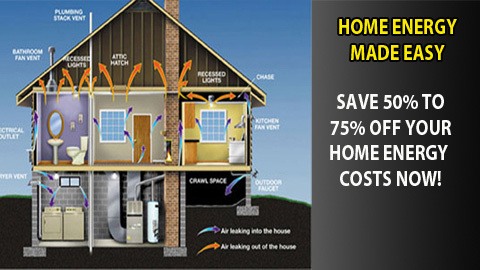
“Achieve the greatest volume and highest quality of produce possible, while reducing operating costs, and maximizing your profitability by growing smart.”
Tom Blount

Five Vertical Farming Ideas
You won't believe how satisfying it is to grow vegetables at home. It may seem like an arduous task, but once you learn vertical farming, you may not want to visit the vegetable market anytime soon.
The primary purpose of vertical farming is to grow many vegetables without taking too much space. It involves growing plants in layers. But why is vertical farming so popular among homeowners? You will find all the answers today.
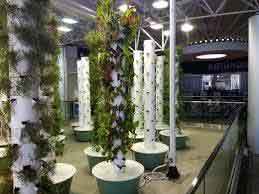
Benefits of vertical farming
Vertical Hydroponics Saves Space
First of all, you don't need a huge space for vertical farming. You can dedicate a small space in your roof's corner, and the concept will still work. In fact, you can start growing a few herbs in your kitchen corner. Experts believe that vertical farming has the potential to solve world hunger if every family follows it religiously.
Saves water
In addition to saving space, vertical farming also saves tons of water. Experts say that this type of farming can save as much as 95% of water compared to regular farming methods. This is because vertical farming uses recycled water. Any excess water that drips from one plant flows to the plant right below it.
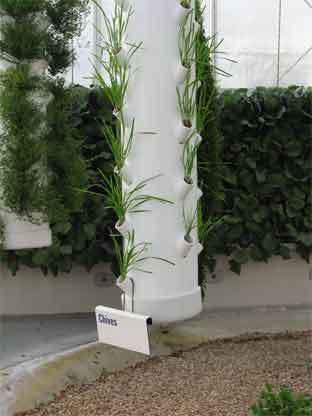
Controlled environment
You have full control over the environment. This means your plants get precisely what they need to grow quickly. Vertical farming prevents plants from experiencing extreme weather conditions or frequent weather fluctuations. You can make necessary adjustments to cater to your plants' needs.
Increased food output
Imagine you will grow your own food instead of buying from the market. You can grow as much as you want. Moreover, you don't need to use the chemical fertilizers that commercial farmers usually use.
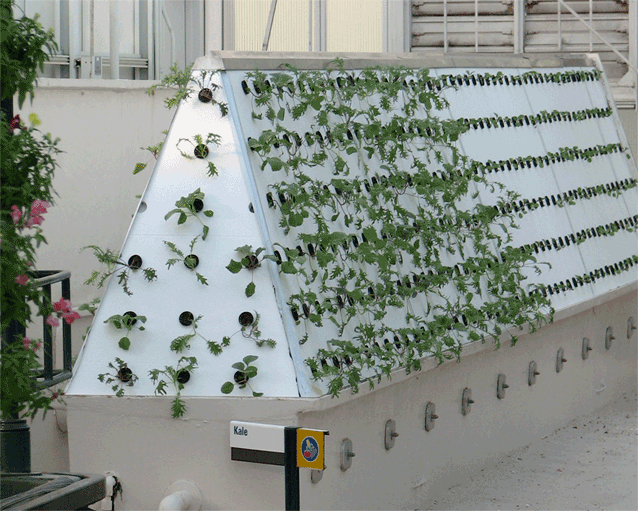
Vertical farming methods
Vertical farming in your house
Vertical farming inventors have come up with various ideas to practice vertical farming at home. Most of these DIY methods involve taking care of the plants in a controlled environment. Many people want to know what they can grow before trying this farming technique.
Honestly, you can grow anything. From succulents to vegetables, vertical farming has its door open for everyone. Some plants, though, work exceptionally well, such as the spider plant. It thrives in humidity which is easier to create in a controlled environment.
However, this farming method's primary intention is to grow food instead of flowering plants or succulents. For example, you can grow broccoli, muskmelons, tomatoes, bell peppers, and various other veggies from a small space. This system also helps you save money that you would otherwise spend on buying the same vegetables from the market.
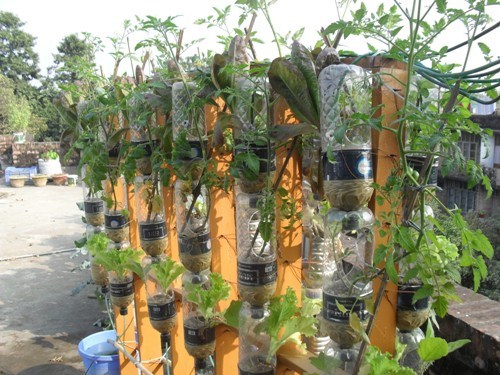
Vertical farming requirements
Hydroponics is a popular vertical farming method used by thousands globally. It involves growing plants in water and not in the soil. You save as much as 90% of water with a hydroponic setup. Most importantly, it requires less space and makes growing easier for the plants. You just need to take care of the plants' nutrition levels and leave the rest on the setup.
Robotic vertical gardening is another popular method, but you will need a few electronic appliances, such as a carbon dioxide burner, fans, grow tent, and sufficient grow lights.
A standard vertical farming setup requires a few hardware components and a constant electric supply. Alternatively, you can start your vertical farming using plastic bottles or container racks. You can even automate the water supply without using electricity. In fact, this method hardly uses water as it relies on minimum evaporation. Its low setup cost makes the method a practical option for many homeowners.
Here's what you need to do:
1. Take the number of bottles according to the number of plants you want to grow. Make sure you clean the bottles properly. They shouldn't have any dust or dirt before you start.

Vertical Agriculture
2. Cut each bottle from the bottom. Leave the lids of at least two bottles as you will need them at the bottom of the setup as a funnel.
3. Make two holes on each bottle by keeping a few centimeters gap from the lids' top. It is best to make the holes on opposite sides. These holes work as the drainage area so that surplus water can drip to the plants below.
Vertical Hydroponic Systems
4. Take pot soil. It is a mixture of dirt and manure. You can make this manually or buy it from the market. It is easily available in nurseries. Fill each bottle up to a few centimeters from their bottoms. Don't fill them to the brims. It will defeat the farming method's purpose.
5. Suppose you took six bottles. You need to place four bottles on the top vertically over two bottles.
6. Take one bottle from the bottom and place it at the top of the tower. The top and bottom bottles are the ones to have their lids on. They work as the setup's funnel.
7. Make a small hole in the last bottle and push it into the empty funnel. This should connect to your water tank. The water will run slowly through this tiny hole. It prevents over usage of water.
8. Make sure you hold the entire network firmly. You can take horizontal planks to keep your bottles. A few racks are enough to get you started.
9. Make small windows on soil-filled bottles. These will allow the roots of seedlings to pass freely. Keep checking the growth of the plants every couple of days.
Conclusion
Vertical farming at home is profitable for every homeowner. You will not have to spend on buying vegetables from the local market. Moreover, you can even start a small business from your home once you master the art of vertical farming.





